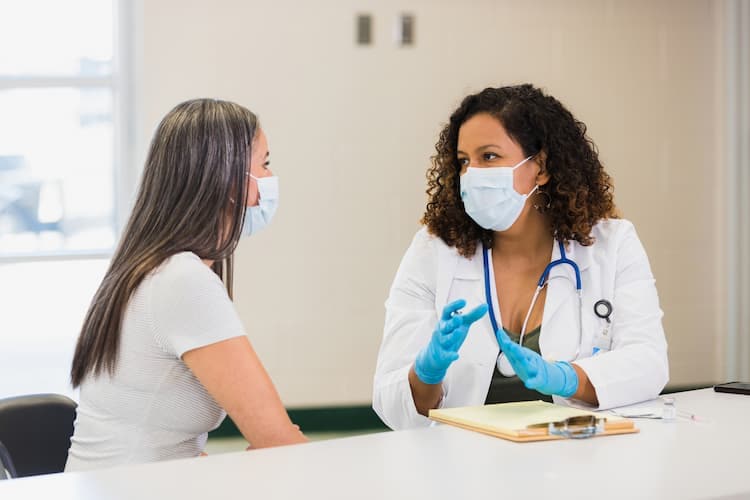Community Health Workers Help Women in Nevada Get Screened for Breast and Cervical Cancer

Community health workers can help women get screened for breast and cervical cancer. They raised screening numbers by about one-third in one clinic in Nevada.
In Nevada, about 1,500 more women received free or low-cost breast and cervical cancer screening in 2018 than in 2017.
Cancer is easier to treat when it is found before it spreads throughout the body. When cancer is found early, patients have more treatment options, lower medical costs, and higher chances of survival.
Many women don’t get screened for cancer because—
- They don’t have transportation to a clinic.
- They speak little or no English.
- They can’t get an appointment at a convenient time.
The Nevada Division of Public and Behavioral Health and The University of Nevada in Reno conducted a study that looked at how to lower medical costs. The study found that community health workers (CHWs) reduced cost while improving patients’ experiences.
As a result of this study, Nevada’s breast and cervical cancer screening program, called Women’s Health Connection, hired CHWs to help women with low incomes get screened and use other health care services. The CHWs work with patients to find out what help they need to get screening or other health care.
Rae Waddington, the former community health worker program coordinator, says, “I think some of the challenges come more from maybe the provider doesn’t really ask the patient about their barriers…The provider might not be able to get into all the different types of barriers and how to overcome those barriers in a 10- or 20-minute appointment. The CHWs can kind of supplement them with the non-clinical side of it.”
Adding the new CHWs to established clinic staff was not a seamless process. To address this, the Nevada Division of Public and Behavioral Health hired a liaison to help clinics learn how to work with CHWs.
Community health workers helped raise the number of low-income women screened by about one-third. The staff at Women’s Health Connection listened to doctors and patients and adjusted the program to meet their needs. In that way, the program improved cancer control in the community.
“We had a patient that had missed four WHC [Women’s Health Connection] appointments. Our staff had been scheduling her since February of this year. Patient kept no-showing appointment, but then rescheduling. I called patient and explained the benefits of getting her Pap smear and mammogram done. Patient informed me she wanted to do her screenings but was getting anxiety because she knew the doctor was male. I informed patient we had a volunteer provider, and she was female. Patient agreed to plan and did show up on time. Patient is now compliant on her screenings and plans to keep up with them.”
“[A patient] was not scheduling her mammogram…I called patient and explained to [her] she should not be no-showing as the screening was free. Patient informed me she did not know the bus route and was inexperienced with using the GPS on her phone. I looked up the bus routes for the patient and patient got her screening done. These are some of the positive impacts I have been able to do since I have started working at the clinic. I definitely have more time than other staff at my clinic to assess the difficulties or barriers that our patients are going through.”